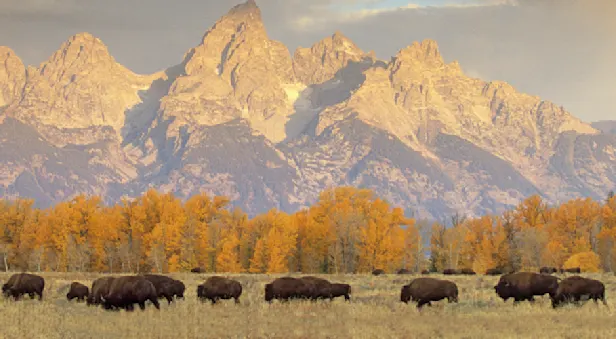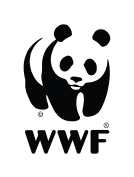
Know Before You Go
Yellowstone Weather & Climate | Spring, Summer & Fall
At any time of year, it is important to keep in mind that weather in the mountains can be highly unpredictable. A mild, sunny 75-degree day can quickly turn into a tumultuous storm, complete with wind, rain and snow (in this region, it can snow any month of the year).
It pays to always be prepared for cool or wet weather while enjoying the blue skies and warm, sunny days that typify a Yellowstone summer. Even at the peak of summer, mornings can be quite chilly. To prepare for these variable temperatures, we recommend wearing layers that you can easily peel off as the day warms up, including gloves and a hat.
It is essential that all travelers have waterproof rain gear, should we experience inclement weather. Generally speaking, April, May and June have the most rain, or even snow; July and August are the driest and warmest months, with temperatures typically rising into the 70s and 80s. September and early October are cooler than the summer months (again, with the possibility of snow), but weather is usually very comfortable in the fall. No matter when you visit, we highly recommend bringing plenty of sunscreen and a hat, as sunburn happens more quickly at high elevations.
AVERAGE MONTHLY TEMPERATURES & PRECIPITATION
(in Fahrenheit and inches)
Jackson, Wyoming

Yellowstone

Bozeman, Montana

Header Credit: Henry Holdsworth
Travel to Yellowstone on These Safaris

Hidden Yellowstone & Grand Teton Safari
A small-group exploration of Yellowstone and the Tetons as few get to experience these iconic parks—scout for wildlife and discover secret places with our naturalist guides who know this region intimately.


Yellowstone & Grand Teton Photo Expedition
Led by top photographers who are some of Yellowstone's most seasoned naturalist guides, seek shots of bison, elk, moose, bears, wolves and more, plus legendary landscapes, on a peerless national park photo safari.






























